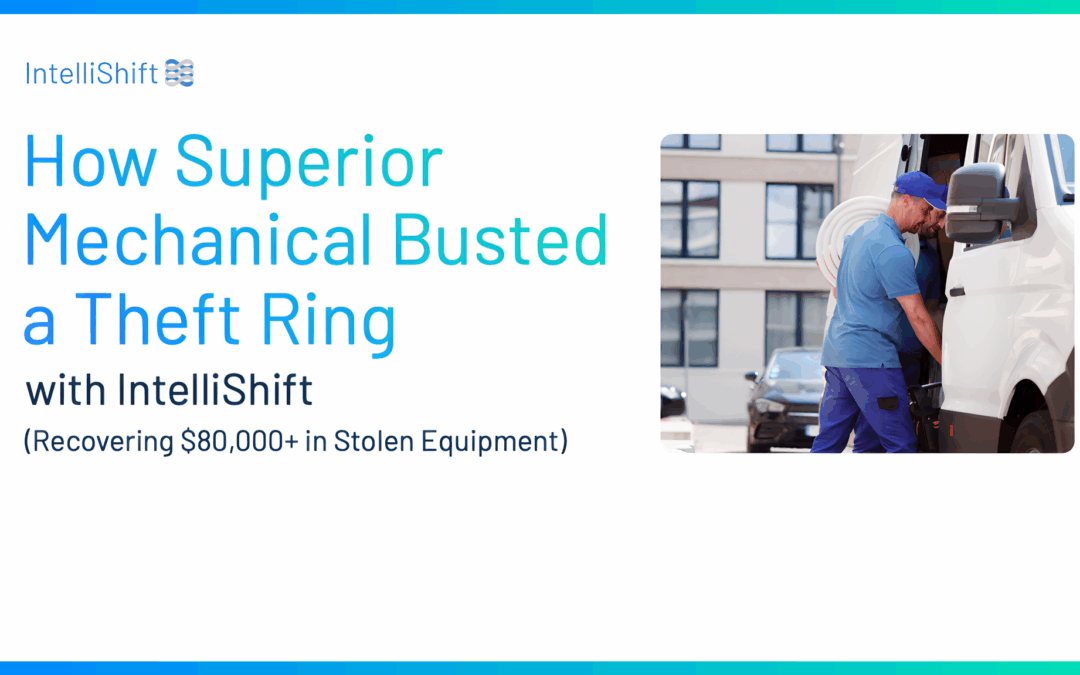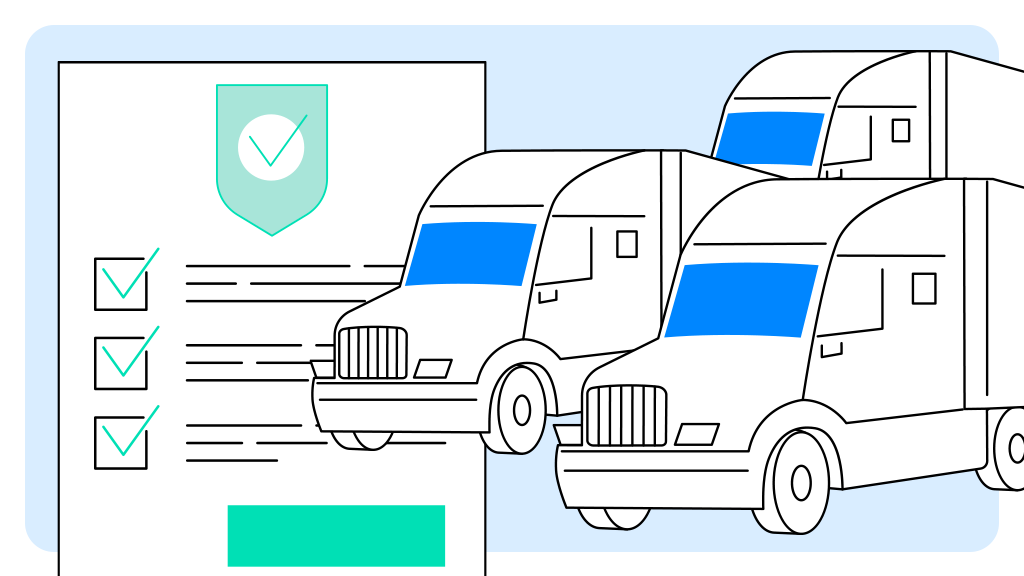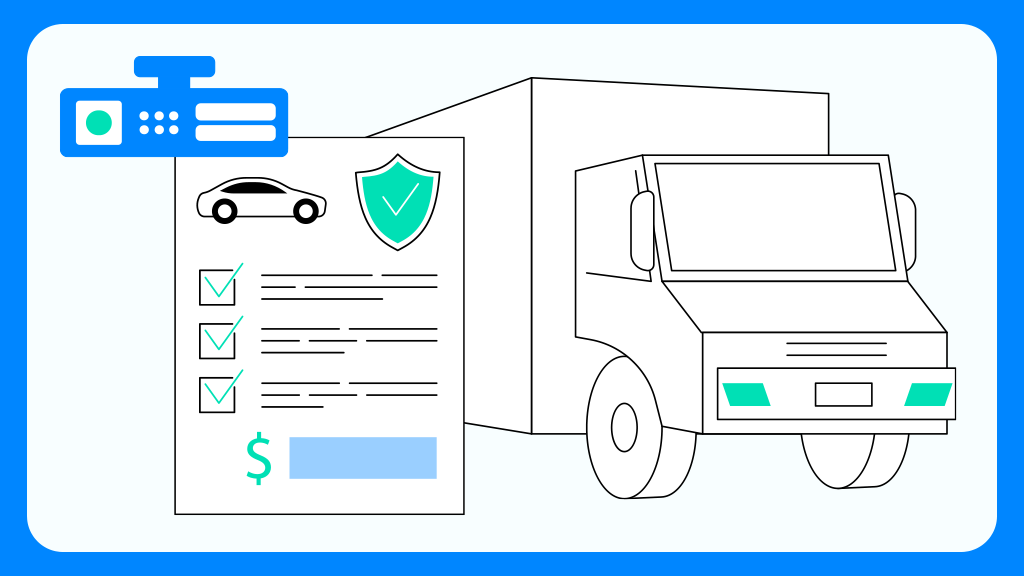According to the National Highway Traffic Safety Administration, 13% of all crashes in 2023 involved distracted drivers. That’s thousands of preventable incidents, many linked to phone use, drowsiness, or inattention.
To combat this, around 70% of fleets have installed dash cams. But if those cameras are only capturing footage for review after the fact, they’re not solving the problem, they’re just documenting it.
That’s why forward-thinking fleets are turning to AI dash cams. These systems don’t just watch what happens, they help stop it. By detecting dangerous behavior like texting or tailgating in real time and coaching drivers on the spot, AI dash cams actively reduce the risk of collisions and claims.
Traditional Fleet Dash Cams
Traditional dash cams were a step forward when they first hit the market. Mounted to the windshield, they offered a basic way to review incidents, exonerate drivers, and spot problems … after they happened.
But in today’s environment, that’s not enough.
These cameras typically only record during harsh events like hard braking or collisions. And even then, someone has to sift through the footage manually to piece together what happened. Risky behavior that doesn’t trigger an event—like lane drifting or distracted driving—often goes unnoticed.
In short, traditional dash cams are reactive. And by the time they capture an incident, the damage is already done.
AI Dash Cams
AI dash cams flip the script. Instead of waiting for something to go wrong, they actively scan for risky behavior as it happens—things like phone use, fatigue, tailgating, or failure to stop—and alert the driver with in-cab audio coaching.
This real-time feedback loop helps drivers self-correct in the moment, not after the fact. The result? Fewer accidents, safer roads, and stronger accountability.
What makes AI dash cams a true game-changer:
- Real-time detection of high-risk behavior
- In-cab coaching to correct actions immediately
- Automatic upload of critical footage—no manual retrieval
- Integration with broader fleet safety and operations data
Traditional Dash Cams vs AI Dash Cams
| Feature | Traditional Dash Cams | AI Dash Cams |
|---|---|---|
| Trigger Method | Records only during harsh events (e.g., hard braking) | Continuously monitors for risky behaviors in real time |
| Driver Feedback | No in-cab feedback | Real-time in-cab audio coaching |
| Footage Access | Manual retrieval and review | Automatic uploads of critical footage |
| Behavior Detection | Limited to crash-related incidents | Detects distractions, fatigue, tailgating, and more |
| Proactivity | Reactive—records after the fact | Proactive—helps prevent incidents before they happen |
| Data Use | Minimal integration with fleet systems | Integrates with fleet safety, compliance, and maintenance tools |
| Driver Support | Seen as surveillance | Utilized as coaching and protection tool |
| ROI Potential | Helps with post-incident documentation | Reduces accidents, lowers premiums, boosts retention |
What Fleets Are Seeing with AI Video Technology
This shift to proactive safety is producing measurable results across safety, efficiency, and even driver satisfaction. Fleets adopting AI dash cams with real-time detection and in-cab coaching are reporting outcomes that go far beyond just reducing accidents:
Instead of reactive investigations after the fact, safety teams are gaining real-time visibility into trends and behaviors. And drivers, often unfairly blamed in the past, now have footage and coaching that support their growth and protect their reputation.
In short, fleets are building a proactive safety culture that rewards accountability, improves retention, and delivers bottom-line ROI.
Concerned About Adopting Fleet AI Dash Cams?
Before making the switch, it’s normal to have questions. Let’s tackle a couple of the most common concerns we hear from fleet leaders:
“AI Dash Cams Are Too Expensive”
AI dash cams quickly pay for themselves. Lower accident rates mean fewer claims, reduced liability, and sometimes a significant drop in insurance premiums. And the ROI becomes even more obvious when you factor in the time savings from not having to dig through footage manually.
“Drivers Don’t Want Dash Cams”
When it comes to drivers, initial hesitation is normal. No one loves the idea of being watched. However, many drivers appreciate the real-time coaching, which helps them improve skills, avoid tickets, and protect their reputation on the road.
Make the Move from Reactive to Proactive
Traditional dash cams might show you what happened. AI dash cams help make sure it doesn’t happen at all.
With real-time alerts, driver coaching, and automated incident insights, AI dash cams give you the control to reduce accidents, cut costs, and support your drivers from the cab to the command center.
Discover how IntelliShift’s AI Dash Cams help you spot risk before it becomes a problem.

![Episode 50 Thumbnail Erin celebrates building the fleet community with 50 episodes and 11K followers on LinkedIn [Podcast]](https://intellishift.com/wp-content/uploads/2025/07/gfx-blog_ai-dash-cams-safety.png)



